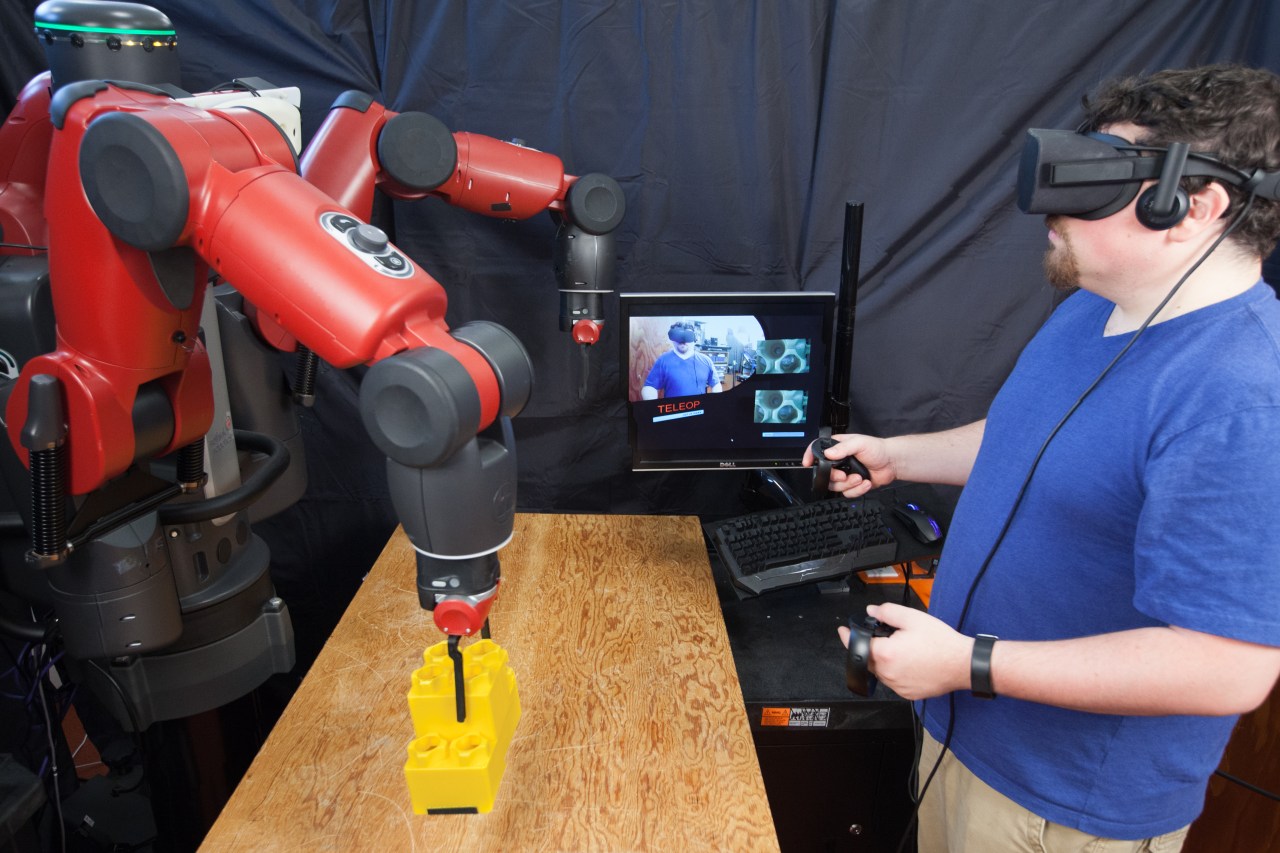As technology continues to evolve, the integration of virtual reality (VR) and robotics is presenting exciting new possibilities, particularly in the manufacturing sector. The innovative research project from MIT’s Computer Science and Artificial Intelligence Lab (CSAIL) explores how VR can enhance remote robot control, potentially transforming the future of industrial work. Forget the idea of VR as merely a platform for games; this technology is stepping into a much broader and impactful role in the workforce.
The Problem with Traditional VR
Traditional VR experiences often involve extensive hardware and software setups, which can lead to user fatigue and discomfort. Many consumers find themselves experiencing lackluster experiences limited to fleeting entertainment. However, the researchers at CSAIL have taken a different approach, showing that VR technology can be harnessed for serious applications beyond gaming.
Introducing Baxter: A Groundbreaking System
At the heart of this initiative is Baxter, an advanced telepresence robot that enables operators to feel as though they are directly controlling the machine from a distance. Here’s how this innovative system works:
- Immersive Sensory Displays: Operators are equipped with various sensor displays that provide real-time feedback and visual input from the robot’s perspective.
- Hand Controllers: The use of specialized hand controllers allows operators to manipulate the robot’s grippers, enhancing the level of interaction and precision.
- Enhanced User Experience: By relying on 2D images captured by the robot and projecting them to each eye, the system minimizes complex graphical requirements. This approach reduces the risk of motion sickness, a common issue among VR users.
This clever setup allows users to mentally construct a 3D understanding of their environment, effectively placing them inside the robot’s head—reminiscent of a pilot operating a giant mech.
A Study of Success
In tests, participants operating Baxter achieved impressive results, surpassing the performance noted with more sophisticated, yet cumbersome, systems. The findings suggest a trend: the simplicity of the CSAIL system allows users, particularly those with gaming experience, to excel in controlling the robot effectively. This raises fascinating prospects for the integration of gaming skills into the manufacturing workforce, especially as many skilled jobs struggle to remain filled.
Future Implications: Bridging the Gap
The CSAIL team’s work holds significant implications for addressing some challenges faced by today’s job market. With technology evolving at such a rapid pace, there is a growing population of young individuals, especially gamers, who may face barriers in traditional employment routes. By equipping them with the skills to control robots in a manufacturing context, there is potential to open up new, fulfilling career paths.
Conclusion: A New Frontier
The marriage of VR and robotics signifies a transformative shift in how we think about manufacturing jobs. As the technology continues to improve, we might see a future where individuals operate machines remotely, harnessing their gaming skills in productive ways. The innovative approach by MIT CSAIL not only enhances manufacturing processes but underscores the importance of adapting to new technologies that can drive efficiency and expand workforce opportunities.
At fxis.ai, we believe that such advancements are crucial for the future of AI, as they enable more comprehensive and effective solutions. Our team is continually exploring new methodologies to push the envelope in artificial intelligence, ensuring that our clients benefit from the latest technological innovations.
For more insights, updates, or to collaborate on AI development projects, stay connected with fxis.ai.

